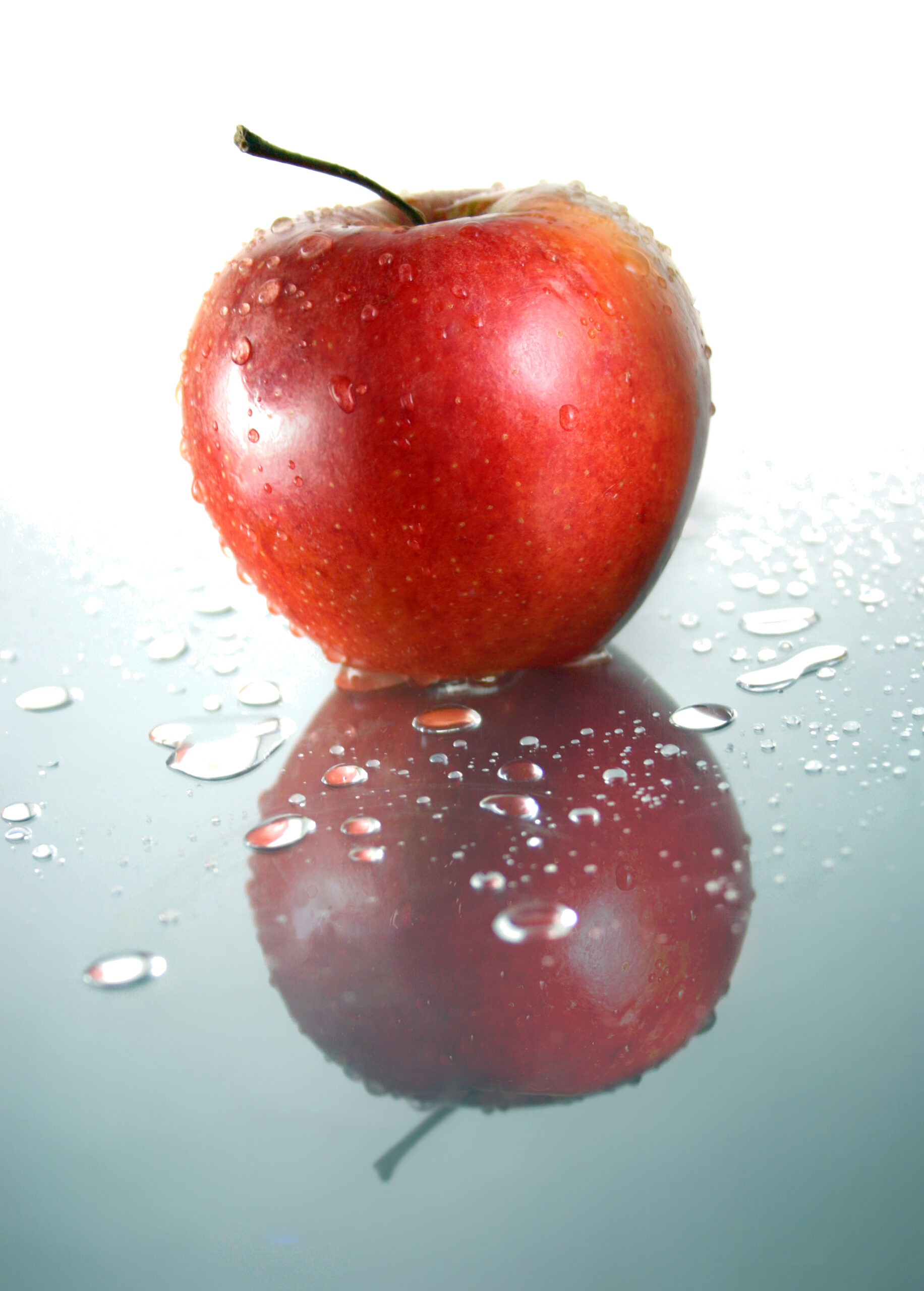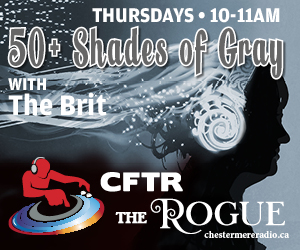Thanks to our unseasonably warm fall weather, I decided to take advantage of a $49 seat sale on Flair Air for a quick weekend getaway in the Okanagan Valley. Faithful readers may recall the sordid tales of my annual pilgrimages to BC wine country, but with October being National Applejack Month, I resolved to make the weekend all about visiting cideries instead of wineries.
Consumer tastes are a fickle thing, a reality made obvious by the growing number of cideries popping up beside the wineries. When I first started visiting the Okanagan nigh on two decades ago, you could not drive for five minutes without seeing an apple orchard being ripped out to make way for a more lucrative vineyard, but that trend seems to be reversing.
Perhaps the craft brewing and distilling industries are helping rise the tide for other crafty beverages, with new apple orchards springing up, and existing apple orchards starting to ferment their own hard ciders.
It may be that this newfound popularity is because apples are seen as more healthy, or because unlike beer, apple cider is gluten-free. Regardless of the reasons, production of hard apple cider has increased tenfold in the past decade, and is still growing in popularity.
Much like wine is nothing more than fermented grape juice, hard cider is nothing more than fermented apple juice.
Some readers may wonder about the difference between the terms apple juice and apple cider. When an apple is crushed to extract its juice, there are inevitably bits of pulp and particulate suspended in the juice. The fine pulp will oxidize and turn brown when exposed to oxygen, which is why apple cider normally has a brown colouration.
In other words, apple cider is the first thing you get when you squeeze all the juice out of an apple.
Apple juice, on the other hand, starts out as unfiltered apple cider, and then goes through extensive filtration to give it a clean and clear finish, and pasteurization give it a much longer shelf life than cider.
To make things more confusing, hard apple cider is cider that has undergone fermentation, but the suspended pulp that turns the liquid brown is generally filtered out after the fermentation process. Today, most hard apple ciders look similar to a sparkling white wine, although there are a few more traditional unfiltered varieties that are dark and cloudy.
There is even a hillbilly moonshine version of hard cider, commonly referred to as Applejack, which was originally made using freeze distillation. Back in the pre-refrigeration days, hillbillies would let an apple cider ferment using the naturally occurring yeasts on the apple skins.
The fermented apple cider would normally only get up to around 3%-5% ABV, so the hillbillies would put the barrel outside to freeze overnight during those cold Appalachian winters. Since water freezes sooner than alcohol, the film of ice that formed on the top of the barrel would be chipped away and discarded. This process was repeated nightly for a few weeks, eventually bringing the alcohol content up to around 40% ABV.
A classier version of Applejack is known as Calvados, and is essentially an apple brandy from the Normandy region of France. The juice from the apples is pressed and fermented into an apple wine, and then distilled using the same process as for brandy, and finally aged in oak casks just like a fine wine.
Here in Canada, most of the ciders you will find on the shelves of your local booze merchant are influenced by British traditions, where there is a long tradition of drinking cider at the pub.
Our British cousins have a history of making hard cider dating back to Roman times, and the popularity of cider in the UK continues to this day, with every neighbourhood pub having cider on tap right beside the beer.
We are spoiled here in Alberta, as we have had our own local hard apple cider for almost thirty years. It all started back in 1993, when an orchard owner in Kelowna hand-delivered a bushel of apples to the late, great, Ed McNally, founder of the Calgary-based Big Rock Brewery.
By 1994, Big Rock had started producing Rock Creek Cider out of the brewery in Calgary, and it has been going strong ever since. Rock Creek Cider is made in the dry style, meaning that nearly all of the sugars in the juice have been consumed by yeast during the fermentation process.
Since then, several other Alberta breweries have branched out into cider production, including Village Brewing, Balzac Craft Brewing, and my personal favourite, Calgary’s own Elite Brewing & Cidery.
In addition to the breweries that just dabble in a cider or two, Alberta boasts 7 cideries that produce only ciders, with Calgary’s SunnyCider and Uncommon Cider being tied for my two favourites. Look for them at your local watering hole, or take some home from your friendly neighbourhood bottle shop!





